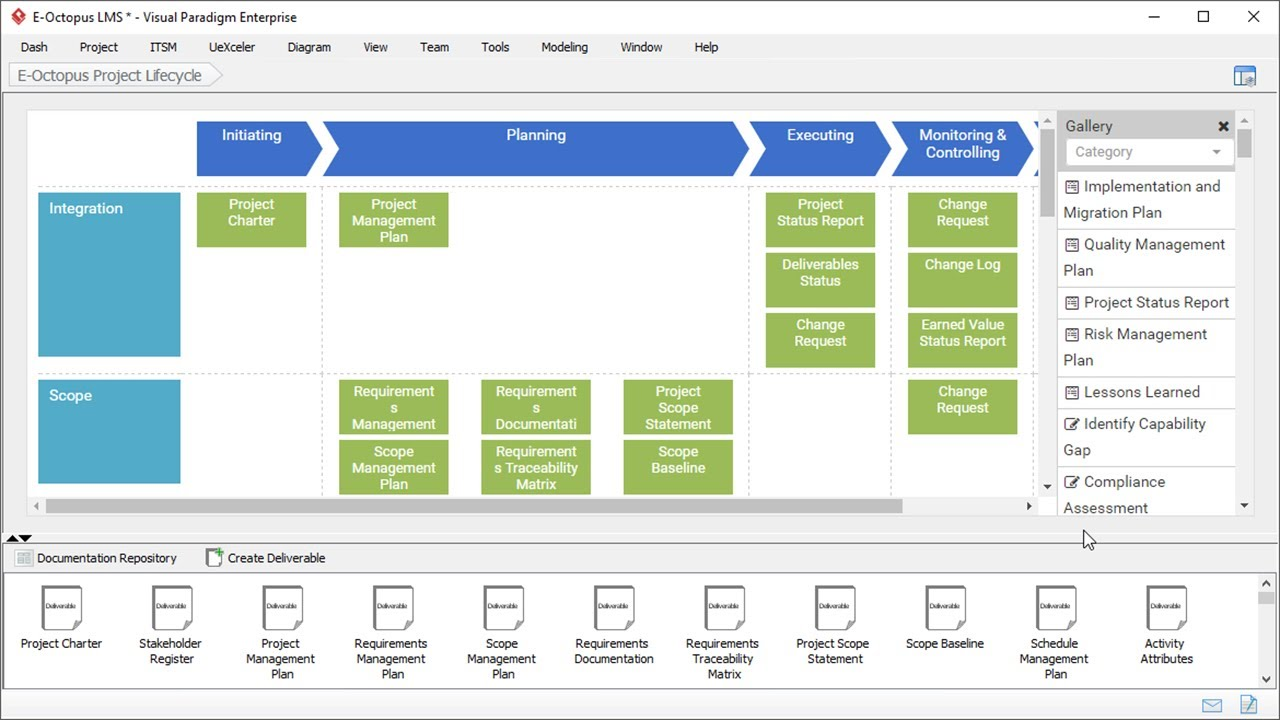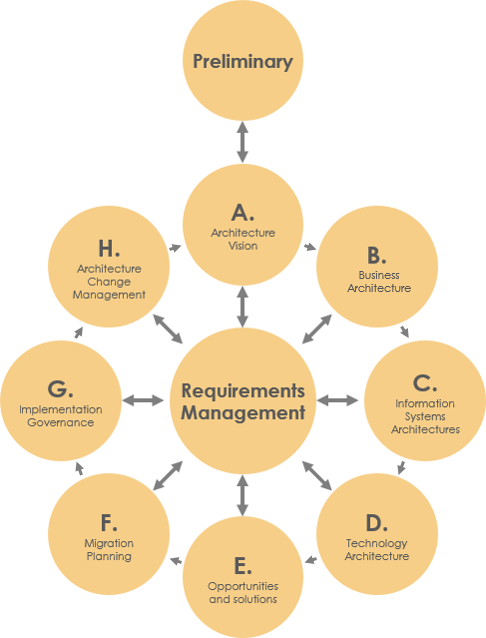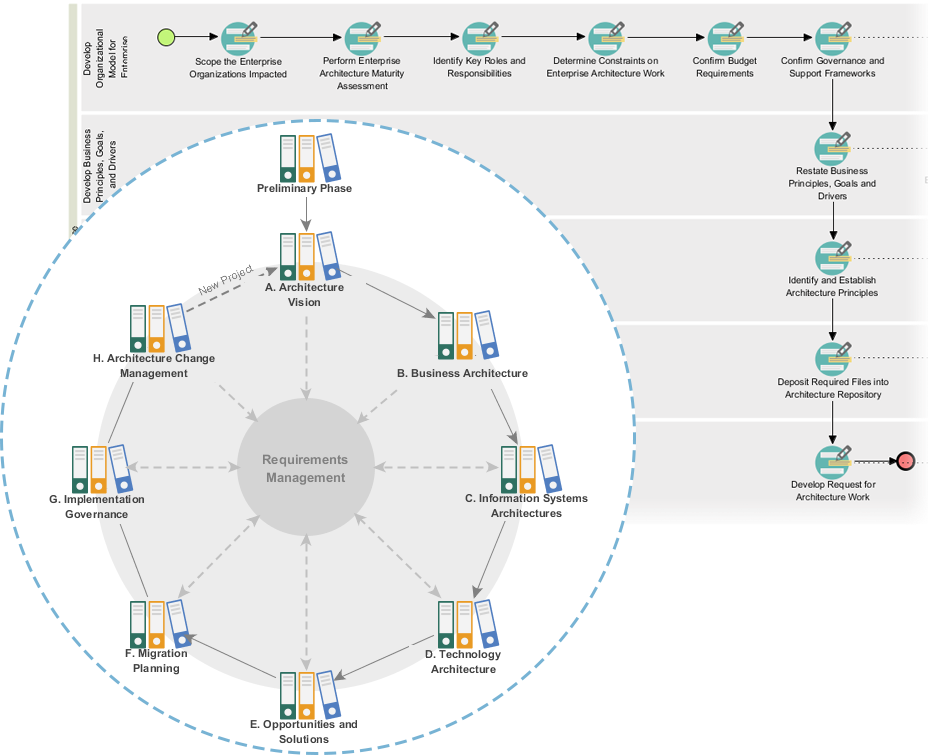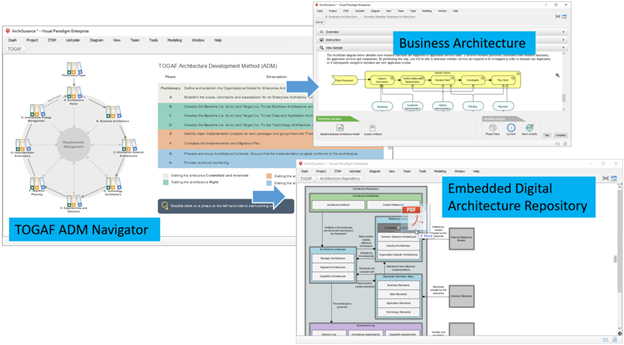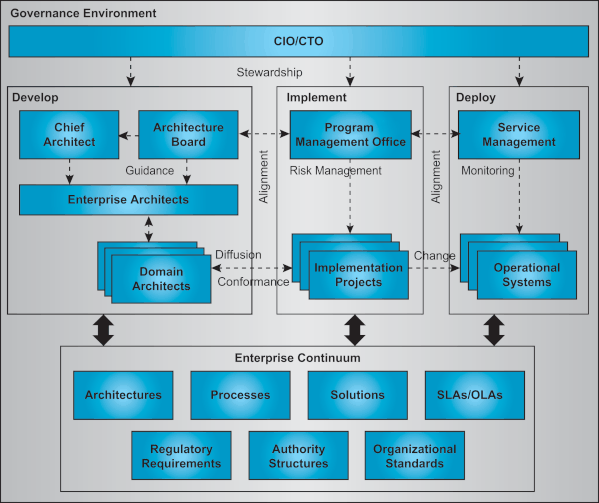Unlock Your Team’s Full Potential with Visual Paradigm’s PMBOK Tool!
Are you tired of struggling with the complexities of Project Management, from the daunting learning curve to the high costs associated with hiring certified professionals? Visual Paradigm has the solution you've been searching for with our groundbreaking PMBOK® tool. Say goodbye to the challenges and hello to streamlined IT project management, all at minimal costs. Out-of-the-Box Project Management in PMBOK Template Navigating the vast landscape of Project Management can be a time-consuming and frustrating endeavor. Hours are wasted searching for relevant information just to take one step forward. Visual Paradigm changes the game…continue reading →


